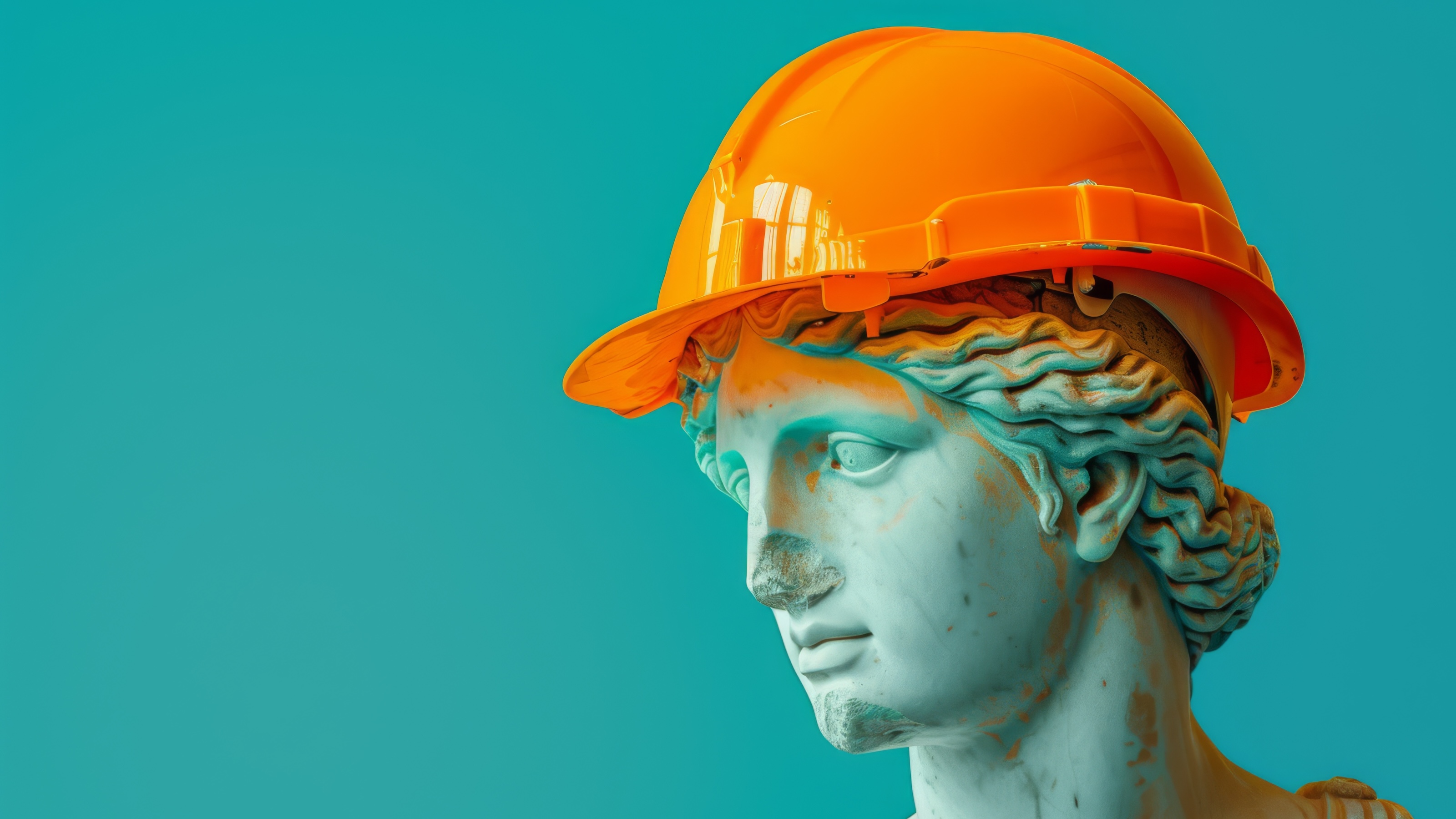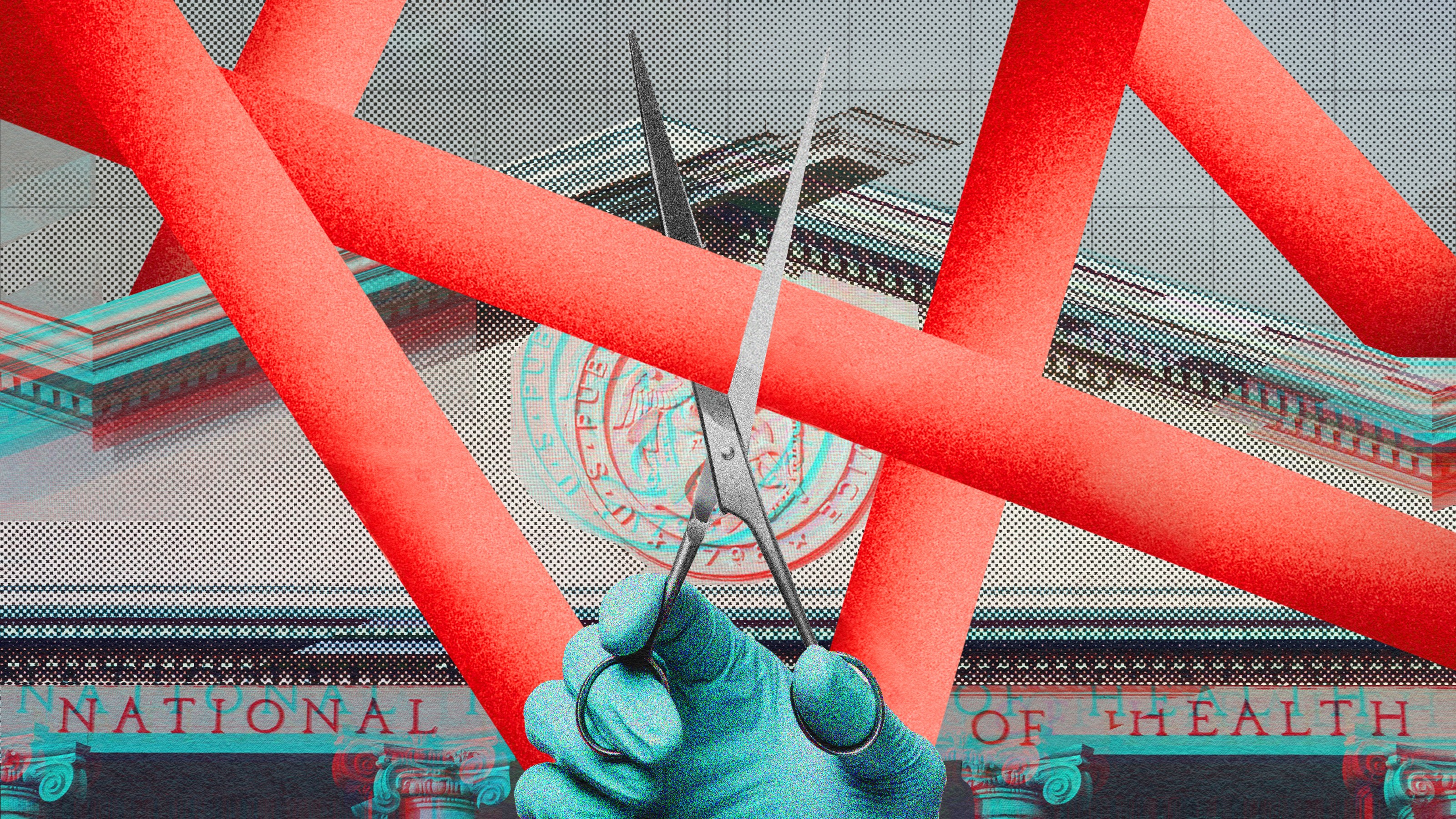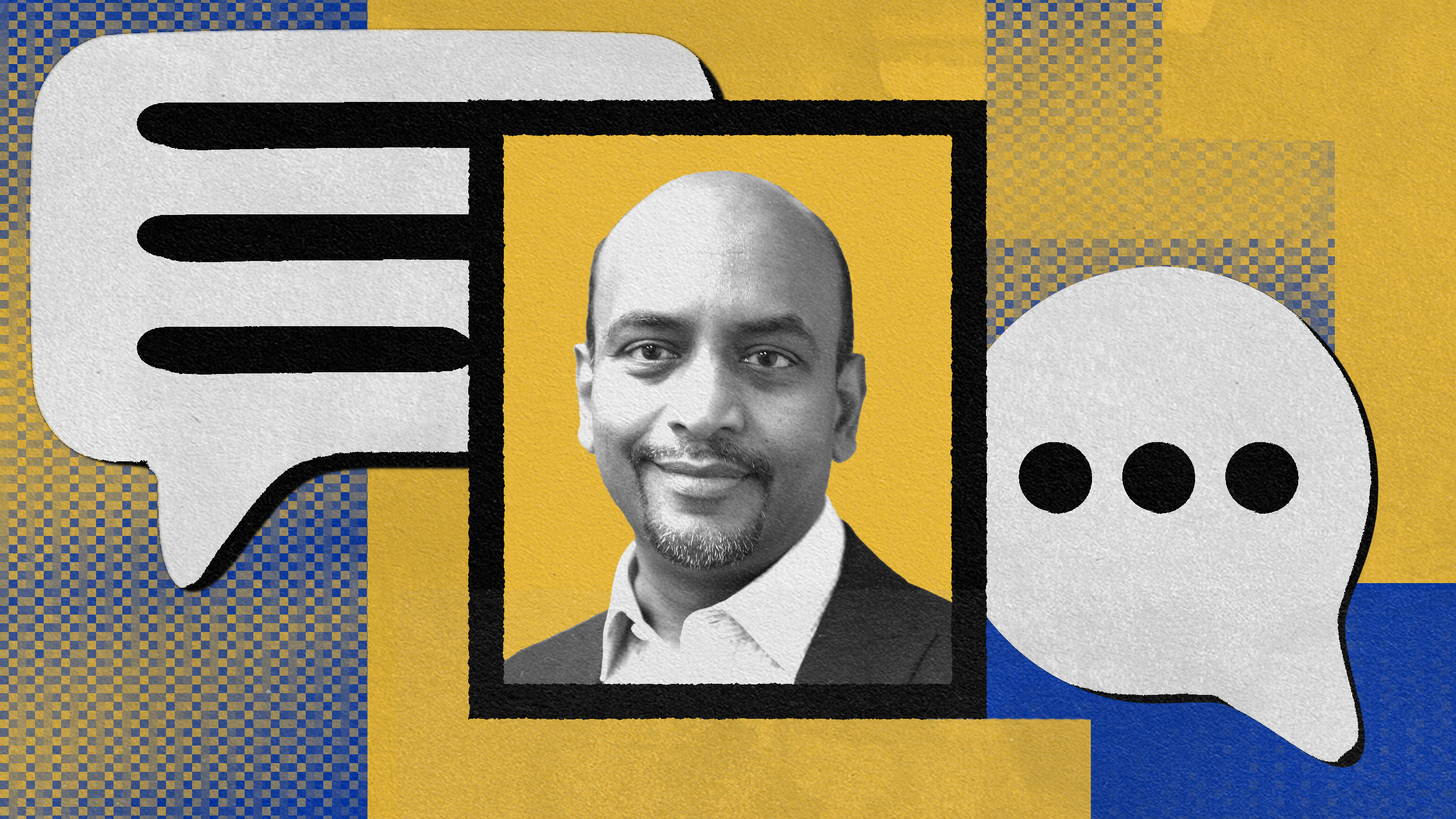What Good Design Can Teach Us About Motivation
What’s the Big Idea?
Google keeps flamingos in the courtyard of one of its campuses. Pixar’s studios have more in common aesthetically with a theme park than with the cubicle-and-filing cabinet arrangement that has come to symbolize the soullessness of office drudgery to anyone born after the 1960’s. So it may be tempting to think that if your work is creative, your office has to be “designy,” to “have all these weird things going on,” says Tim Brown, CEO of IDEO, a global design consultancy whose client list includes Seventh Generation, 3M, and the US Department of Energy.
But there’s more to design than a fresh coat of paint. Organizations can also be beautiful. “Design thinking is simple,” says Brown. “It’s about applying the principles and methods that designers have developed over decades to a broader set of challenges faced by business, government and society,” and finding human-centered ways to solve them.
Design thinking provides a deeper, more meaningful way to address the increasingly pressing issue of employee engagement than the quirkiness of some modern office spaces would suggest. The real power in an innovative and playful work environment comes from shaking things up, interrupting calcified expectations about what life as a grown-up is like.
In Brown’s words:
Increasing the creativity and productivity… in a workplace is not about having policies. It’s about behavior. It’s about leaders showing that they are engaged in the challenges that their teams are trying to tackle. It’s about sharing ideas. The more the space can be transparent, [the more] people [will] give advice and give help.
The more people post their ideas up on the walls or on computer websites or somewhere internal to the company, the more transparent you can make the flow of information, and the more likely it is you’re going to get help from somebody who has a good idea but hadn’t known what you’d been working on… A large part of how you get more creative productivity out of people is having people feel good about working in teams [because] teams are more effective at solving complex problems.
What’s the Significance?
So how do you make the leap from fun to meaning – from installing a ping-pong table, to giving employees the tools to collaborate and contribute to your organization? Brown has two words of advice:
1. Don’t sit in the background. Show intense interest in knowing what your customers do, what your users do. Don’t expect others to do it for you. If you’re in retail, then spend time on the shop floor. If you’re a manufacturer, go spend time with your customers and understand how they really use your products. If you’re a service organization, spend time on the front line understanding how the service really gets delivered.
2. Take an interest in the progress that your teams are making.Don’t wait for them to bring the final idea to you. Understand the journey that they are going on. Bring your amazing experience, to help them come up with better judgments.
This post is part of the series Inside Employees’ Minds, presented by Mercer.





